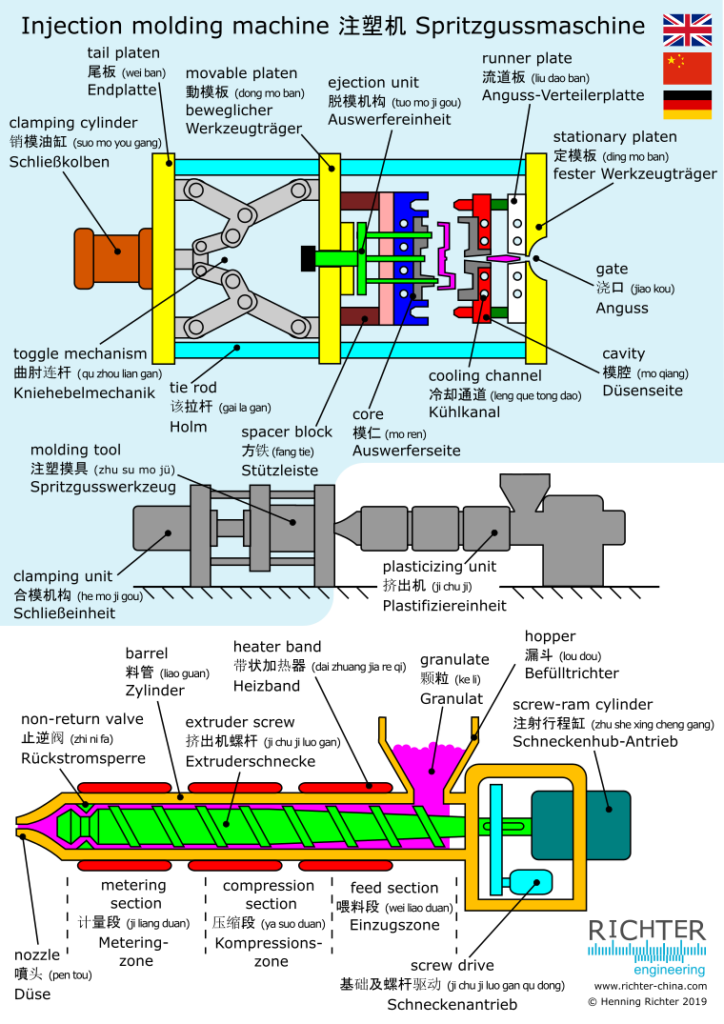

在任何一条装配线中上,有一些操作可以较简单地实现自动化,有些操作只能以比较高昂的费用且相对困难地实现自动化,还有一些实际上是无法实现自动化的。
比较适合纳入装配自动化预算的操作如下:
- 从治具,托盘或卷轴上取料
- 把螺丝拧入螺纹孔或者固定螺母
- 组装坚硬零部件
- 焊接(尤其当工件移动而焊接设备静止时)
- 罐胶水
- 压加工(例如加胶水后)
- 放贴纸
- 电子硬件的检测
- 包装比较刚硬的产品
不太适合纳入装配自动化预算的操作如下:
- 散装材料的拾取(比如从散装箱里拾取按钮制件)
- 零件解开
- 工件的清洁 (例如除去粘贴标签区域上的油污)
- 接线(卷边,焊接,夹持与线缆布局)
- 处理柔软的制件 (例如橡胶零件,海绵片)
- 打结
- 捆绑
- 打开包装(例如单独包装的零件,线束)
- 保护膜的除去
- 外观及观感的检查 (例如模拟终端使用者的终端检查)
以下范例的目标是通过用自动化取代工人从而减少1/3的装配线劳工成本。每个操作工位对自动化的适用程度展示如下:
= 自动化是容易地引入的
= 自动化是难引入的
= 自动化是不能实行的
我们会把一个全部自动化的组装线段与选择性自动化的单项操作比较。两者都替换6个工人。下面用18个工人组成的简化装配线进行说明:
线段的自动化 (完全自动化):
常用的方法是定义要实现完全自动化的一段生产线。这样的决策通常是由这样的需求驱动的,要么是有一个连续的总线连接的自动化块与中央PLC和互动的机器人,要么是有一个完全自动化的子组装过程的意图,如一个完整的子组装线分支。 这种完全自动化的方法如下图所示,其中操作7-12是完全自动化的:
在这段自动化示例中,不可选择单独的操作,且完全自动化的生产线段恰巧包含3个较难进行自动化的操作(因此是昂贵的)。同时,该生产线的其余部分包含4个较易实现自动化的操作(操作2、3、13和15)没有被改变。
选择性的自动化(用单独操作的):
二者择一的方法是选择性自动化。这个手段的要求不是把一个闭合的线段或者支线采用自动化。观念是在容易地实行自动化的操作才用自动化替代工人。这样可以得到每项自动化的操作最低投资。
上述分段自动化的替代方法是选择性自动化。要求不是使一个连续的线段或分支实现自动化。其理念是在最容易实现自动化的地方替换操作员从而实现每个自动化操作的投资最低化。
这个选择性自动化的范例中,较难实现自动化的操作可无需更改。那个要求的1/3必须自动化的操作都是属于好自动化部分的。因此,通过选择性自动化替代6个工人的投资低于线段自动化。
结论:
在预算相对较少且不要求中央控制器,7天24小时营运与洁净室内条件的情况下,知道在何处应避免自动化与在何处应用自动化同样重要。
选择性自动化是实现这一目标的方法。


一个用三个语言的注塑机零件概述。
